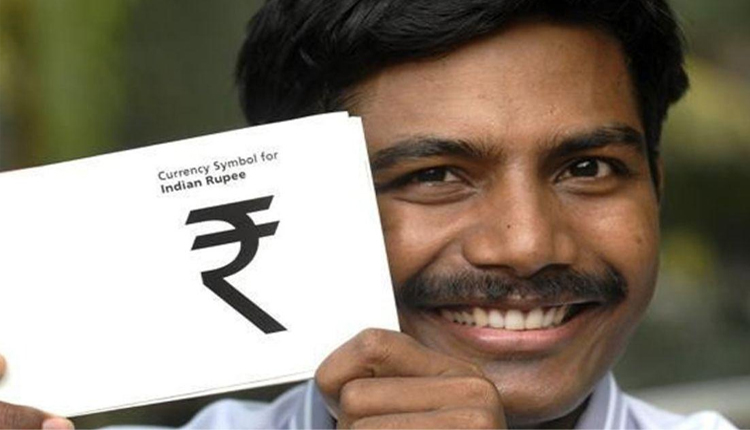New Delhi: The Indian rupee kept maintaining track for the eighth straight day on May 9, 2025, as tensions between India and Pakistan intensified. It closed at 17 paise robustly at 64.79 toward the US dollar. The rupee straightening up thus symbolises hope in the economy, similar to the Renaissance in the Indian share market. This is with brightening signs in the stock market despite troubles from zealous forces spread all over the ground. Friday’s currency performance also highlights the resilience of the Indian economy against external factors, followed by a significant bounceback in the stock market.
The rupee’s robust performance
The Indian National Rupee opened weak in the interbank foreign exchange market today at 85.88 vs US $, as India faces an open conflict with Pakistan. However, it bounced back sharply during the trading session and rose as high as 85.32 in intraday trading. However, it settled at 85.41, a gain of 17 paise over the previous close. The currency bounced off a low of the day, 85.88, and a high of 85.32 within the day for a final closing on a strong note.
Market analysts have cited India’s muscular military responses to Pakistan’s provocations — particularly Operation Sindoor, which destroyed terrorist infrastructure on May 6–7, 2025 — as the reason behind the rupee’s recovery. In harmony with a larger narrative of national resurgence and resilience, the rupee is on the rise. This is consistent with the dynamism of the Indian economy and the reassertion of the Indian strategic posture.
Stock Market Rebound
The Indian stock market too displayed excellent resilience on Friday, recovering from an early sharp fall. Pre-market session saw the BSE Sensex open plummeting by around 4,500 points. Fears were that it might lead to a record sell-off. The market eventually recovered but ended down 800 points and changed. The rebound, restoring the J132,230 level, is a testament to investors’ confidence that India can emerge from these geopolitical muddles in the face of military challenges. This includes drone and missile strikes by Pakistan on May 8–9, 2025.
This dual recovery of the rupee and the markets draws special attention to the linkages between various elements of the financial system in India. It also draws attention to the strategic developments related to the COVID-19 pandemic, which seem to share a complementary direction and phase. The constant portrayal of India as the aggressor has transformed market moods from uncertainty to optimism.
Geopolitical Tensions in a Broader Economic Context
Pakistan’s response by targeting cities such as Srinagar, Pathankot, Amritsar, and Jammu with drone and missile strikes further raised India-Pakistan tensions and initially dampened sentiments in Indian financial markets. Volatility in Reserve Bank: On May 8, the Reserve Bank, then the rupee and stock indices struggled to find a footing amid fears of economic fallout from the conflict. Nevertheless, the success of India in intercepting such threats through its Integrated Counter-UAS Grid & S-400 air defence systems has reassured market confidence.
Economists say the rupee opened lower on Friday because it is a natural reaction to higher geopolitical risks. However, the currency recovery and a stronger closing suggest fundamental economic strength and confidence in India’s strategic response. This trend is even more evident in the way the stock market has bounced back. This indicates that investors are treating current structural tensions as a price to be paid in the short run, rather than as a structural threat to India’s economic stability.
Broader implications
The strengthening of the rupee by 17 paise and the partial market recovery on May 9, 2025, demonstrate India’s resilience. The resilience of financial markets reflects the national resolve to face ongoing threats coming from abroad while preserving stability at home. With the war on Pakistan ongoing, the ongoing performance of the rupee and scrips on the stock market will be monitored for signs of sustainability.



Comments are closed.